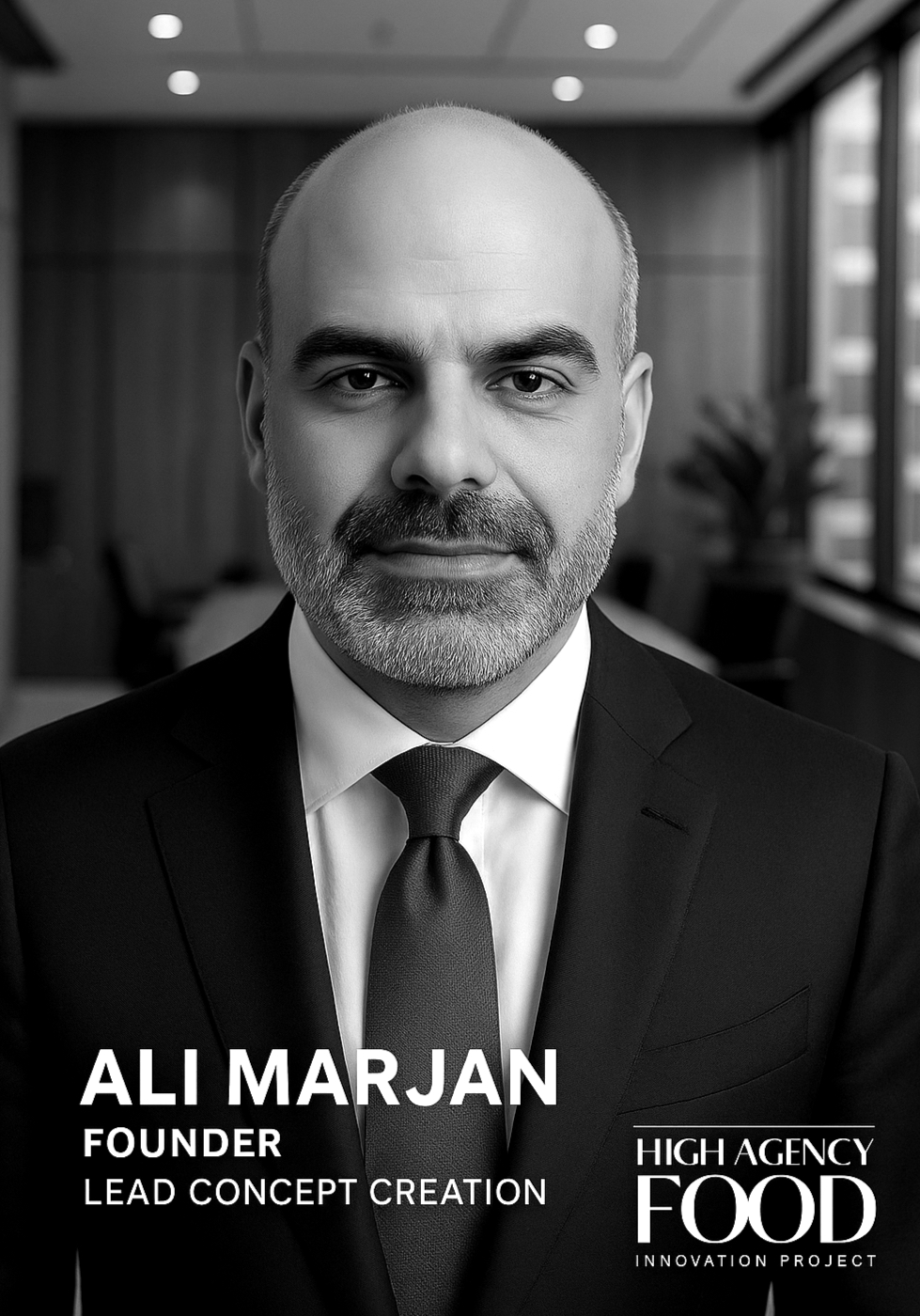
Why a Founder-First Approach Matters
- Ali Marjan

- Sep 22
- 4 min read
Starting a business is like setting sail on a vast ocean. You need a strong captain, a clear map, and the right crew. But above all, you need a leadership style that puts the founder front and center. Why? Because the founder’s vision, passion, and grit are the fuel that powers the entire journey. This is where startup leadership strategies come into play, and why a founder-first approach is not just a buzzword but a game-changer.
Let’s dive into why this approach matters, how it shapes success, and what you can do to embrace it fully.
The Power of Startup Leadership Strategies
Leadership in startups is not about titles or fancy offices. It’s about action, vision, and resilience. When you’re launching a new food concept or expanding into fresh markets, leadership strategies can make or break your progress.
Here’s the deal: startups thrive on speed and adaptability. You can’t afford to be stuck in slow decision-making or diluted visions. That’s why effective startup leadership strategies focus on:
Clear vision alignment: Everyone knows where the ship is headed.
Rapid decision-making: No endless meetings, just fast, smart choices.
Empowering teams: Leaders who inspire and trust their crew.
Customer obsession: Keeping the end consumer front and center.
Resourcefulness: Doing more with less, always.
These strategies create a culture where innovation flourishes and obstacles become opportunities. When you lead with clarity and confidence, your team moves faster, your product improves, and your market impact grows.

Why a Founder-First Approach Changes the Game
Imagine a startup where the founder’s vision is sidelined or diluted. The passion that sparked the idea gets lost in layers of management or investor demands. That’s a recipe for stagnation.
A founder-first approach flips the script. It puts the founder’s vision, values, and energy at the core of every decision. Why does this matter?
Authenticity: The founder’s unique perspective keeps the brand genuine.
Speed: Decisions align quickly with the original mission.
Resilience: Founders are emotionally invested and push through tough times.
Innovation: Founders often have the clearest insight into customer needs.
Culture: The founder’s passion sets the tone for the entire company.
Take the example of a food startup aiming to disrupt traditional categories. When the founder leads with a clear vision, the team rallies around a shared purpose. They innovate boldly, test new concepts fast, and pivot when needed. The founder-first approach creates a magnetic force that pulls the entire company forward.

How to be a founder summary?
Being a founder is not just about having a great idea. It’s about embodying leadership, vision, and relentless drive. Here’s a quick summary of what it takes:
Own your vision: Be crystal clear about what you want to achieve.
Lead by example: Show passion, work ethic, and resilience every day.
Build a strong team: Surround yourself with people who complement your skills.
Stay customer-focused: Listen, learn, and adapt based on real feedback.
Embrace failure: See setbacks as lessons, not dead ends.
Communicate relentlessly: Keep your team aligned and motivated.
Prioritize speed and agility: Move fast, test often, and iterate.
Remember, being a founder means wearing many hats. You’re the visionary, the motivator, the problem solver, and sometimes the firefighter. But above all, you’re the heartbeat of your startup.

Practical Steps to Implement Founder-First Leadership
So, how do you put this founder-first mindset into action? Here are some practical steps to embed it into your startup’s DNA:
Create a clear mission statement that reflects your founder’s vision. Share it often.
Set up regular focus sessions where the founder leads strategy discussions.
Empower decision-making by giving the founder and core team autonomy.
Build transparent communication channels to keep everyone aligned.
Invest in leadership development for the founder and key team members.
Celebrate wins and learn from losses as a team, led by the founder’s example.
Use data and feedback to validate the founder’s vision and adjust course.
Have innovative solutions and make continuous improvement core in the decision making process.
By following these steps, you ensure that the founder’s passion and insight remain the guiding light, even as the company grows and scales.
The Future of Food Innovation Starts with Founder-First Leadership
In the fast-moving world of food innovation, being a concept developer powerhouse means more than just great recipes. It means leading with vision, courage, and a founder-first mindset. This approach drives forceful change in categories and creates lasting impact.
If you want to lead the charge in transforming food markets, start by putting the founder at the center. Harness that energy, focus your leadership strategies, and watch your startup not just survive but thrive.
The journey is tough, but with the right leadership, it’s also exhilarating. Ready to take the helm? Contact High Agency Food Innovation Project and let’s see if we can guide you to your end game!
Embrace the founder-first approach and lead your startup to new heights. Your vision deserves nothing less.




Comments